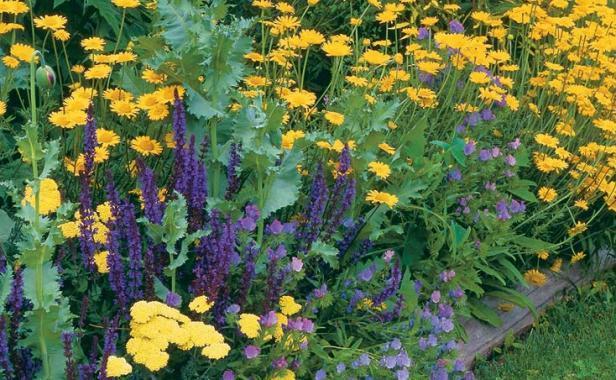
Ask any 4-year-old to draw a flower, and chances are you’ll get a daisy. The daisy has an innocence and simplicity that makes it an immediate favorite of young and old. Its round yellow center smiles at us like the sun, giving the flower its name—daisy, or “day’s eye.”
In the garden, perennial daisies can carry a bed all by themselves or make a great filler. Their first flush of bloom bridges the gap between tulips and irises, and they keep going strong all season. A single plant of vivid painted daisies or a clump of icy white Shastas can make the color of neighboring plants come alive. And whenever a room needs brightening with a vase of flowers, daisies are a natural choice. They make great cut flowers, lasting for a week or more.
I’ve always liked daisies for their versatility and their long-lasting bloom, but I also appreciate the toughness hidden behind those simple flowers. Daisies need no coddling. They flourish in almost any soil and are rarely troubled by insects or disease.
Growing daisies
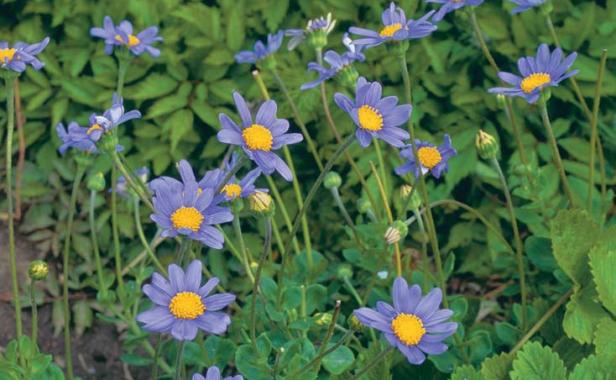
Most daisies are ridiculously easy to grow. Scratch up a patch of earth, sprinkle out a packet of seeds, and presto! Nearly all of them flourish in ordinary garden soil, and many do best with a diet on the lean side. In containers they may require a schedule of light feeding. Give daisies a good dose of sun, keeping their roots well-drained (especially in winter), and they won’t complain.
The daisies described here are perennials, but that doesn’t mean they live forever. Most are at their best for only a few years. Division will reinvigorate a planting, but I usually don’t bother because my daisies replant themselves by self-sowing. Golden marguerites and Shasta daisies, in particular, sow themselves with abandon, but unwanted seedlings are never a problem. You can smother them with mulch or scrape them off with a hoe easily.
My gardens are often redesigned on the spur of the moment with shovel in hand, so I appreciate the way most daisies can be transplanted with ease, even during bloom time. Out-of-place young plants are easily dug up and reset elsewhere. I have also moved 20-pound, back-breaking clumps of Shastas without losing a single flower, just to get them a little nearer a particular rose. The secret to this trick is water, and plenty of it. If you’re doing this operation in hot summer sun, rig up some temporary shade for the plant for a few days while the roots get reestablished.
Daisies that delight
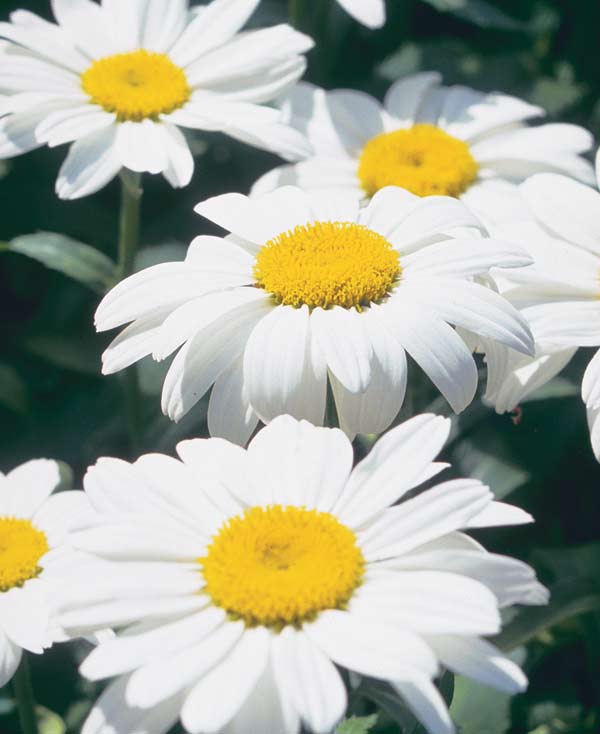 Photo/Illustration: John Glover Marguerite (Argyranthemum frutescens, formerly Chrysanthemum frutescens)
Painted daisy (Tanacetum coccineum, formerly Chrysanthemum coccineum)
Shasta daisy (Leucanthemum × superbum, formerly Chrysanthemum × superbum)
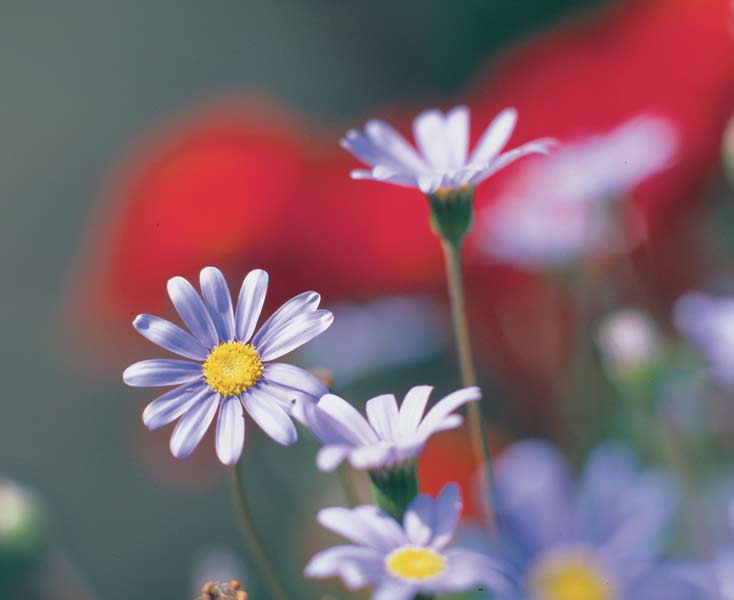 Photo/Illustration: David Cavagnaro 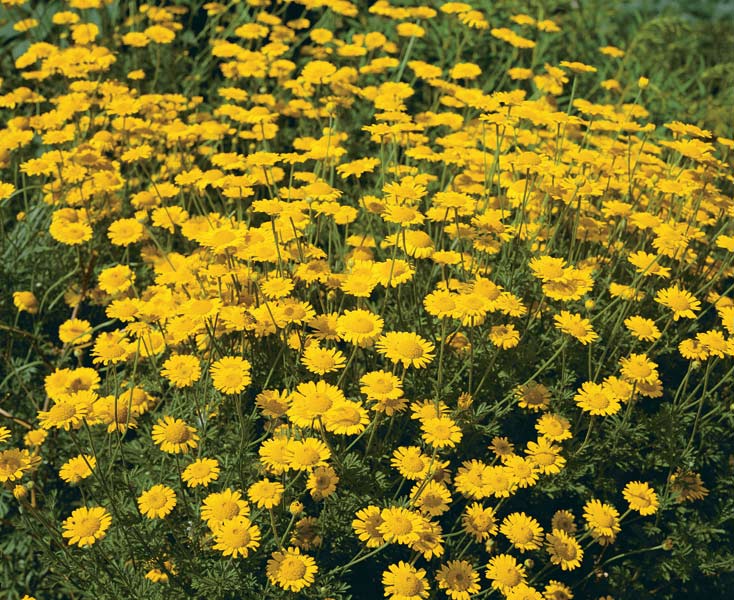 Photo/Illustration: Peter Lindtner 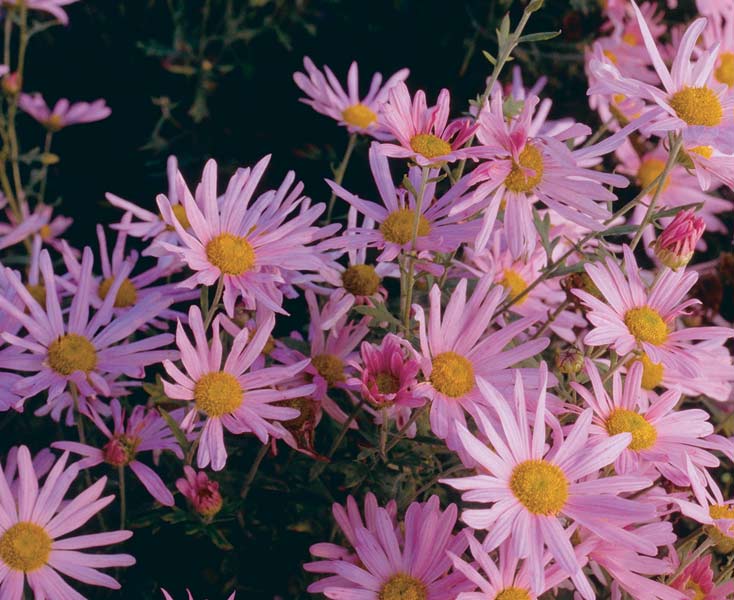 Photo/Illustration: Susan Roth Blue marguerite (Felicia amelloides)
Golden marguerite (Anthemis tinctoria)
‘Clara Curtis’ daisy (Dendranthema zawadskii ‘Clara Curtis’, formerly Chrysanthemum rubellum ‘Clara Curtis’)
|
Daisies deliver in any setting
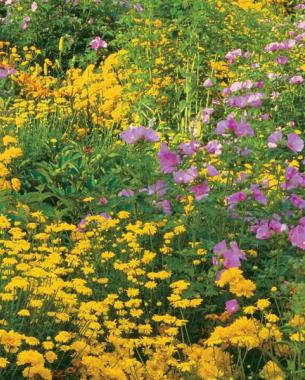
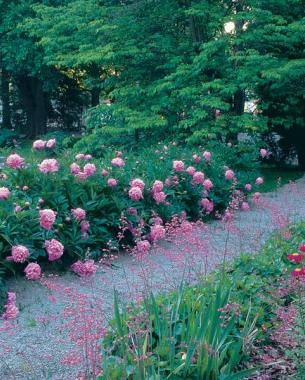
Photo/Illustration: Pam Spaulding
Daisies can’t be neatly assigned to a single genus, but they do all belong to the same family. The archetypal form—a yellow center ringed by a single row of petals—is shared by any number of species of the huge Compositae. Although they are in the same family, daisies can be as different as second cousins at a family reunion. White marguerite (Argyranthemum) can be sheared for a neat, controlled appearance that’s perfect in a formal garden bed or in a container. At the other extreme is blue marguerite (Felicia amelloides), a sprawling subshrub with a casual air suitable for a naturalized garden of low-maintenance plants.
Daisies with staunchly upright forms can lend physical support to nearby plants. Some Shastas (Leucanthemum × superbum), for instance, have stout stems that resist the wind, so I plant them near notorious leaners like larkspur (Consolida ambigua), rather than resorting to stakes.

Photo/Illustration: Susan Roth
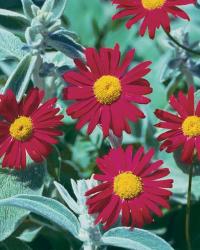
Photo/Illustration: David Cavagnaro
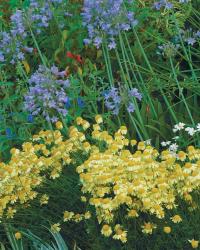
Photo/Illustration: Clive Nichols
I’ve also learned to appreciate the weak-kneed types, such as golden marguerite (Anthemis tinctoria), which flops at the slightest stirring of the summer wind. Instead of weaving a cat’s-cradle of garden twine to keep my marguerites heads-up, I let them relax at the front of a bed or crowning a wall. Their fine-textured foliage and graceful flower stems are the perfect yin to the strong yang of masonry or stone.
Daisies blend easily with perennials, annuals, shrubs and foliage plants. Each one has its own strengths and personality—something to keep in mind when you’re planning your partners.
Finer-textured and paler-colored plants gain importance when they’re paired with daisies. A dash of bright-pink painted daisy (Tanacetum coccineum) sprinkled among wiry-stemmed coralbells (Heuchera) or lamb’s ears (Stachys byzantina) draws the eye to the more subtle plant.
Golden marguerite begs for strong pink or lavender and blue partners. This extraordinarily long-blooming daisy is still going strong for me in the heat of high summer; it works well with the purple spires of salvia (Salvia × superba ‘East Friesland’), and with the purple orbs of lily-of-the-Nile. Soft pink daisies like ‘Clara Curtis’ (Dendranthema zawadskii) make a gentle composition with whites or grays. Ideal neighbors include artemisias and the floating globes of pink and white cleome.
There’s a daisy for every gardener
Daisies definitely lack snob appeal, but their unpretentious shape and undemanding nature give them a secure place on my Top-10 list. Daisies offer a range of colors and growth habit to fit almost any situation. My various gardens—in the moderate Northeast, the mild Pacific Coast and now the extreme Midwest—have all depended on daisies. In new gardens, I’ve used these reliable plants to fill space in a hurry, creating an “established garden” look while slower perennials take their time filling in. I include plenty of daisies in established gardens, too, for their refreshing simplicity and stalwart constitution. It’s nice to have plants you can depend on.
Fine Gardening Recommended Products
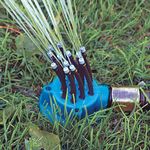
D&X Garden Sprinkler
Fine Gardening receives a commission for items purchased through links on this site, including Amazon Associates and other affiliate advertising programs.
- 12 flexible nozzles that you can set in any direction, simply bend hoses to customize new watering patterns - 360 degree coverage of 3000 sq. ft area
- 3.5 x 4 x 6 inches

Johnny’s Selected Seeds Connecta® Cultivation Kit
Fine Gardening receives a commission for items purchased through links on this site, including Amazon Associates and other affiliate advertising programs.

Morvat Heavy Duty Brass Y-Valve
Fine Gardening receives a commission for items purchased through links on this site, including Amazon Associates and other affiliate advertising programs.
- Fitted with US Standard NH 3/4" threads for use with most water source fittings
- Screw the 2 way splitter adapter by hand or wrench with the updated hexagonal top connection. The 360° rotatable swivel connection attaches to any water source.



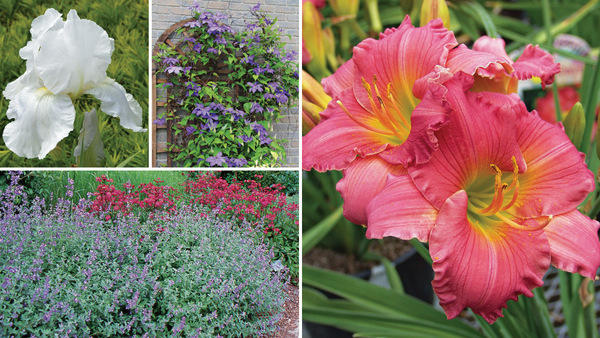
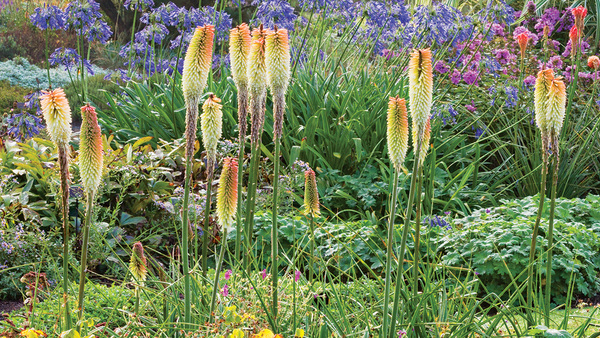
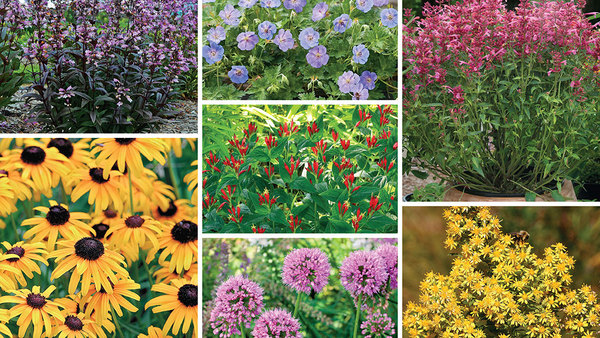
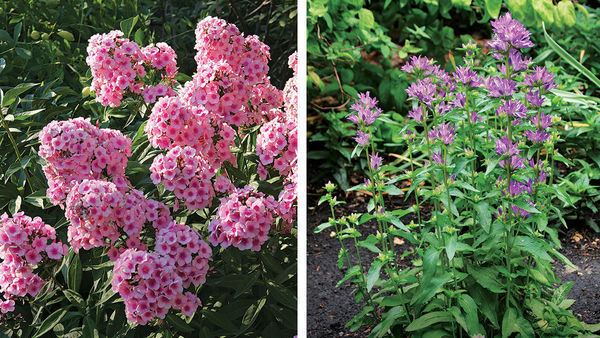













Comments
Log in or create an account to post a comment.
Sign up Log in